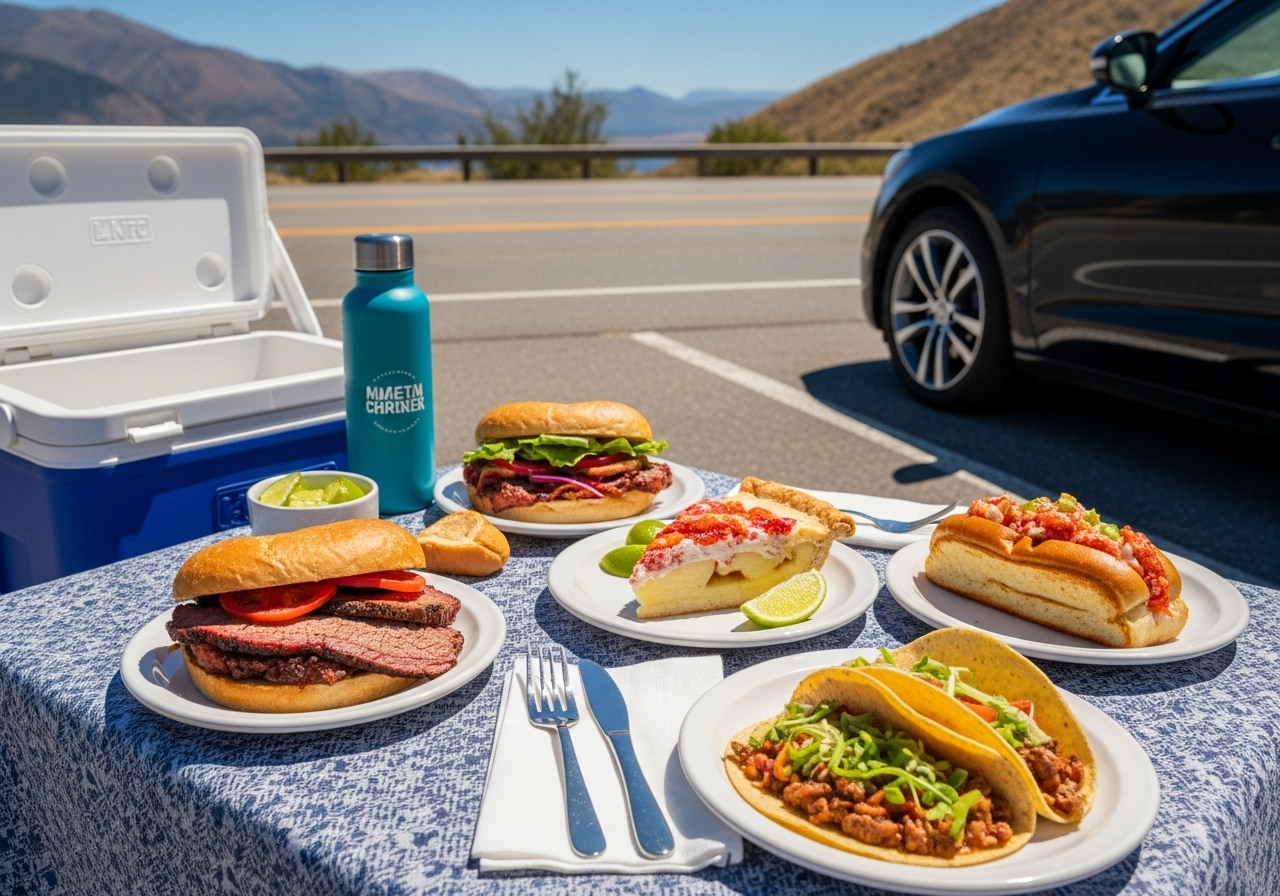How to Plan a Foodie Road Trip Across the U.S.
Liam Reed
2025-09-23
6 min read
The American landscape is not just defined by its mountains, deserts, and coastlines, but also by its vibrant and diverse culinary scene. From New Orleans gumbo to Texas barbecue, every region tells a story through its food. A road trip dedicated to savoring these local flavors is more than a vacation; it's an adventure for your palate. Planning this journey is the first step toward an unforgettable experience, combining the freedom of the open road with the joy of discovering America's best dishes. This guide will walk you through creating a foodie road trip that satisfies your wanderlust and your appetite.
Charting Your Culinary Course
The first, and perhaps most exciting, step is deciding where you want to go. The U.S. is a vast culinary map, so you need to narrow your focus. Will you chase the best barbecue through the South, explore the farm-to-table movement in the Pacific Northwest, or hunt for the ultimate lobster roll in New England? Your passions should guide your route.
Start by brainstorming a list of must-try dishes or food experiences. Maybe you've always wanted to try authentic Chicago deep-dish pizza or sample fresh cheese curds in Wisconsin. Use these culinary anchors to build a general route. Television shows, food blogs, and travel magazines are excellent resources for inspiration. Look for destinations that are celebrated for a specific type of cuisine to create a themed journey. For instance, a "Taco Tour" could take you from the fish tacos of San Diego to the breakfast tacos of Austin. Once you have a few key destinations, connect them on a map. Tools like Google Maps allow you to create multi-stop itineraries, helping you visualize the driving time between locations. Be realistic about how much you can cover. A successful foodie trip is about savoring the experience, not rushing from one meal to the next.
Researching the Best Bites
With a route in place, it’s time to dive deep into the local food scene of each stop. This research phase separates a good trip from a great one. While famous restaurants are often worth a visit, the true gems are frequently the local favorites and hidden spots. Look beyond generic review sites and search for local food bloggers, city-specific magazines, or even subreddit communities dedicated to your destination's food scene. A great strategy is to plan around specific food events or festivals. Imagine timing your visit to New Mexico with the Hatch Chile Festival or arriving in Maine during the peak of its lobster season. These events offer a concentrated dose of local culture and cuisine. You can find information about them on state tourism websites or through dedicated festival finder sites. Don't forget to research iconic dishes specific to each area. Learning the story behind a dish, like the creation of the Philly cheesesteak or the history of Creole cooking in Louisiana, enriches the tasting experience. This knowledge transforms you from a tourist into a true culinary explorer.

Budgeting for Your Appetite
A foodie road trip requires a different approach to budgeting than a typical vacation. Your primary expense, after gas and lodging, will be food. It’s important to create a realistic food budget that allows you to indulge without breaking the bank. Start by estimating your daily food costs. This will vary greatly depending on whether you're planning to eat at fine-dining establishments or local diners and food trucks. A balanced approach works best. You might splurge on a renowned restaurant for dinner but opt for a cheap and cheerful local bakery for breakfast. Food trucks and farmers' markets are fantastic ways to enjoy high-quality, authentic food at a lower price point. They also provide a chance to talk with the people who grow and prepare the food. Remember to budget for unexpected culinary opportunities. You might stumble upon a roadside stand selling the best pie you’ve ever tasted or a pop-up dinner event you can’t miss. Having a small contingency fund ensures you can say "yes" to these spontaneous and often memorable experiences.
Packing for a Flavorful Journey
While you won't need a suitcase full of spices, some specific items can enhance your foodie road trip. A quality cooler is essential. It allows you to store perishable souvenirs, like artisanal cheeses or cured meats, that you pick up along the way. You can also use it to keep drinks and snacks handy, saving you money on convenience store stops. Pack a small kit with essentials like a reusable water bottle, a travel coffee mug, and a set of reusable utensils. These items are not only eco-friendly but also practical for impromptu picnics or sampling treats from a market. Consider bringing a notebook or using a digital app to document your culinary finds. Taking notes on flavors, restaurant names, and your impressions will create a wonderful memento of your trip.
Embracing the Culinary Adventure
Ultimately, the best foodie road trip is one that allows for flexibility. While planning is crucial, some of the most memorable meals happen by chance. Don't be afraid to deviate from your itinerary if you get a hot tip from a local or spot an interesting diner on a back road. Talk to chefs, servers, and fellow diners. Ask for their recommendations. People are often passionate about their local food and eager to share their favorite spots. A journey across the U.S. driven by a love for food is a unique way to connect with the country's culture and people. It’s about more than just eating; it’s about experiencing the history, traditions, and communities that make each region’s cuisine special. So, start mapping your route, do your research, and get ready to hit the road. A delicious adventure awaits.
